Roses, aren't they just dreamy? No wonder they've stolen hearts across the globe, and maybe yours too!
Does the thought of nurturing these beauties in your garden make you grin, but you're wrestling with the winds that make your backyard feel like a ship's deck? Fear not, intrepid gardener, we've done the hard digging for you!
We've rustled up a bunch of sturdy, wind-resistant rose varieties that can weather the gustiest days. Surprised? After all, roses often get a bad rap for being delicate, with a sensibility that flutters at the slightest discomfort.
But there are those tenacious few, like the rugged Rugosa-types and feisty Flower Carpet roses, that laugh in the face of a good gale! These are your perfect allies if your garden often feels like it's ready to set sail in the wind.
Coming up, we'll be exploring each of these stalwart varieties in detail. We'll be presenting a stunning lineup of different types, giving you a bouquet of options to suit your garden's mood and style.
And of course, we'll be sharing pro tips on how to champion rose-growing in the windiest of settings.
Best Roses For Windy Areas
When you live in coastal areas or other places that are too windy, you may not be able to grow standard roses. However, you can still plant some varieties that are resistant to the wind.
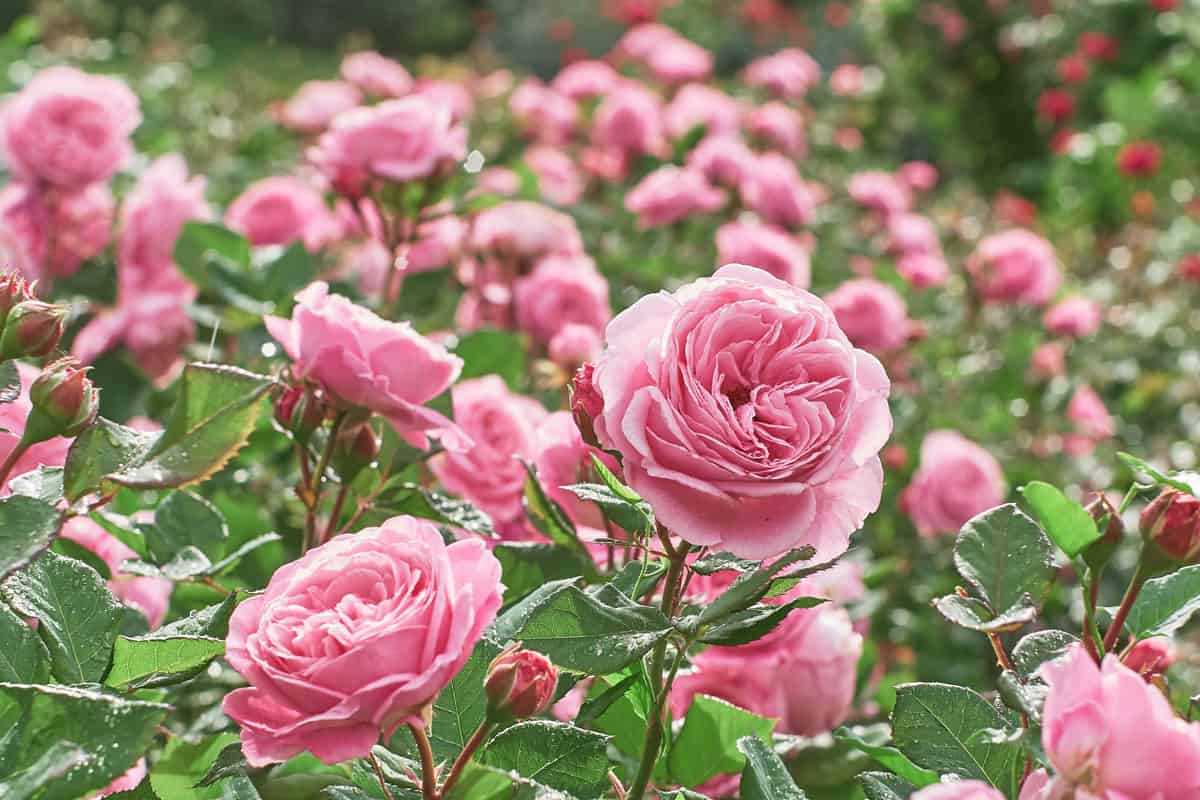
Rosa Rugosa
This type of rose is also referred to as a seaside rose or beach rose. Beach rose is native to Korea, Japan, East Russia, and Northern China. It's a single small pink or white flower with yellow stamen.
After the bloom, you'll get an edible orange-red fruit that looks like cherry tomatoes, so you don't need to deadhead the flowers.
This rose is a popular choice for those living in windy places as it is known to be hardy and wind-resistant.
It blooms from early summer until the first frost. Rosa rugosa can grow in full or partial sun. Apart from being wind-resistant, beach rose can also tolerate clay soil, salt, drought, and diseases.
Seaside rose is very low maintenance as it doesn't need heavy pruning.
Here are different cultivars of rugosa roses you can choose from.
Rosa Alba
Rosa Alba is a white rose which is also called the white wrinkled rose. Its flower, which can grow up to 9 cm across, attracts pollinators like insects, butterflies, and, birds.
Rosa alba blooms from late spring to early fall. It is best planted as a hedge or screen in your garden.
This plant likes the full sun. It doesn't want to be pruned heavily which makes it low maintenance.
Rosa Hansa
This type of rugosa produces flowers that are 10cm across. It has pinkish-purple flowers which have about 17 - 25 petals. It thrives in sand, loam, clay, and chalk as long as it is moist but well-drained.
The shrub grows up to 5 feet which makes it a good hedge or border plant. Rosa Hansa is known to be tolerant of salt, drought, wind, and poor soil which makes it a perfect plant to be added to a coastal garden.
Apart from serving as beautiful borders for ocean shores, it also stabilizes the soil and keeps it from eroding.
Rosa 'Blanche Double de Coubert'
Blanche Double de Coubert is a hybrid rugosa. This was bred by Charles Pierre Marie Cochet in 1893. It produces fragrant, pure white, semi-doubled flowers that are 10 cm in diameter.
The Royal Horticultural Society gave Blanche Double de Coubert the Award Of Garden Merit.
Ideally, you can plant this in cottages and coastal gardens.
Rosa 'Roseraie de l'Hay'
If you like dark-colored flowers, you'd go for Rosa ‘Roseraie de l’Hay’. This rose produces wine-colored flowers that are very fragrant. It is also a hybrid rugosa that grows up to 6 feet.
Rosa Spinosissima
This rose goes by Scotch Rose, Wild Rose, or Burnet Rose. Rosa Spinosissima is a small shrub that gives off white flowers that are smaller than other rugosa types.
After it blooms, you'll have a purplish-black fruit. This is perfect for windy areas because it is tough and hardy.
When growing scotch roses, be cautious of their thorny stems. They are not very high maintenance but watch out for pests like aphids that may affect their blooms.
If you want to get the best blooms, make sure that the plant gets enough fertilizer. Moreover, mulching during winter and early spring also helps.
Flower Carpet Roses
Flower Carpet Roses also known as carpet roses are ground-cover plants. This rose was first introduced to the market in 1995 as an eco-rose, the opposite of the fussy standard ones.
The original carpet rose was developed by Werner Noack in the late 1980s, but the name "Flower Carpet" was trademarked by Anthony Tesselaar's company.
This plant produces many flowers for a long period, once established. You'll get thousands of flowers from spring through autumn.
This is a low-maintenance and tough rose that makes it suitable for windy areas, particularly the seaside. The Flower Carpet Roses can withstand exposure to wind and salt.
There are different varieties of Flower Carpet Roses you can plant in your garden.
Pink Ground Cover Rose
This is the first rose to be introduced to the public which Werner Noack originally developed. It has small deep pink blooms with glossy green foliage that are resistant to diseases.
This rose doesn't need much care and can be planted during spring, summer, and fall in full sun or partial shade.
Scarlet Ground Cover Rose
This produces red roses in dark green foliage. Although this rose is mainly planted as ground cover, you can pot it or plant it as borders. However, it'll only grow up to 3 feet. Because they don't grow too much, you can plant them in hanging baskets too.
Appleblossom Ground Cover Rose
If you like pastel pink flowers, go for this one. They're known to be low maintenance, they don't need pruning, and deadheading. They grow up to 80 cm high and 100 cm wide in any well-drained soil.
Aside from being ground covers, they're also good for hedging and screening.
Pink Splash Groundcover Rose
This variety blooms in a unique combination of pink and white. It has glossy green foliage on a compact bush. In warm areas, you can enjoy its blooms for up to 10 months.
Amber Ground Cover Rose
This flower is the recipient of the Award of Garden Merit of the Royal Horticulture Society. The amber blooms will surely make your gardens bright and sunny. The flowers start in soft, red petals, open in peach-colored blooms, and end in seashell pink.
It is not only resistant to wind, but to heat and humidity too.
Can You Make Roses Wind Resistant?
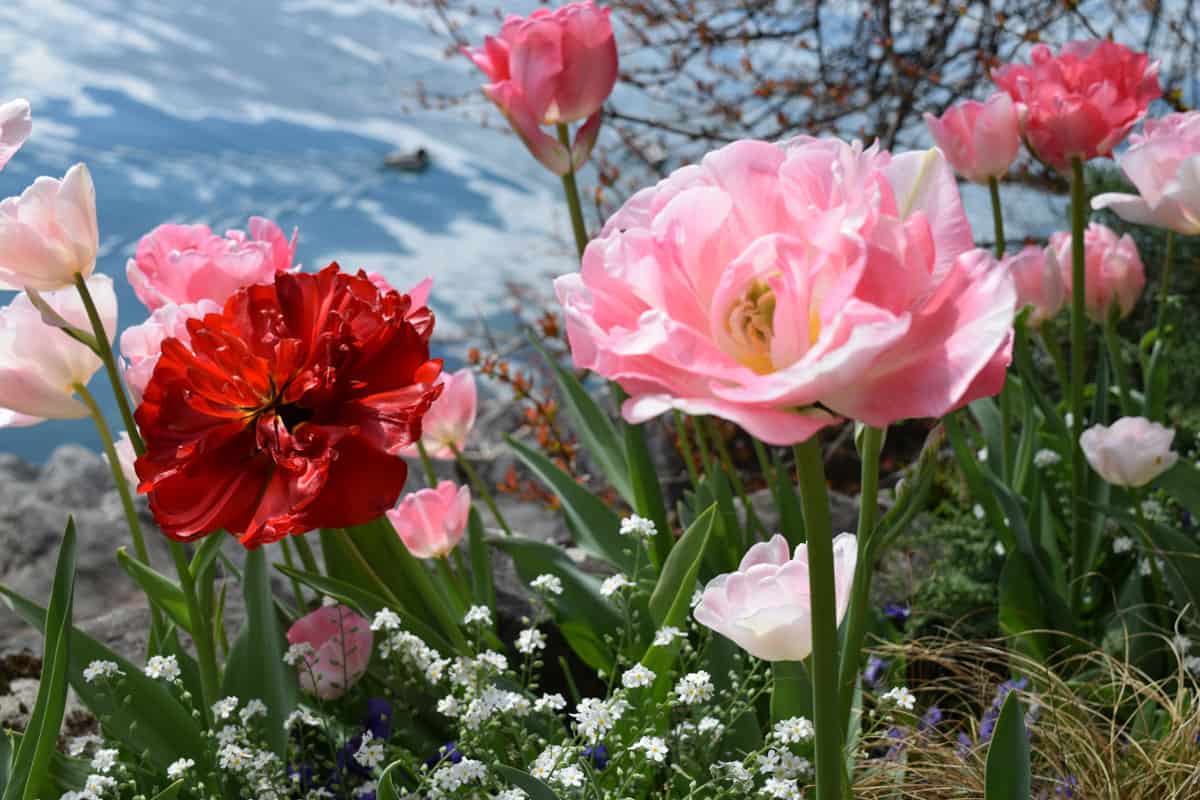
If you don't have Rosa Rugosa or Flower Carpet Roses, growling roses in windy areas may seem impossible. However, with extra care and preparation, you can grow other types of roses in windy areas.
Water Is Life
Water helps roses become strong to withstand the wind. If your area has hot days, no rain, and is windy during spring and summer, water your plants twice a week.
To know when it's time to water the rose, test the soil. If the soil around the base of the rose feels dry, it is time.
Mulch
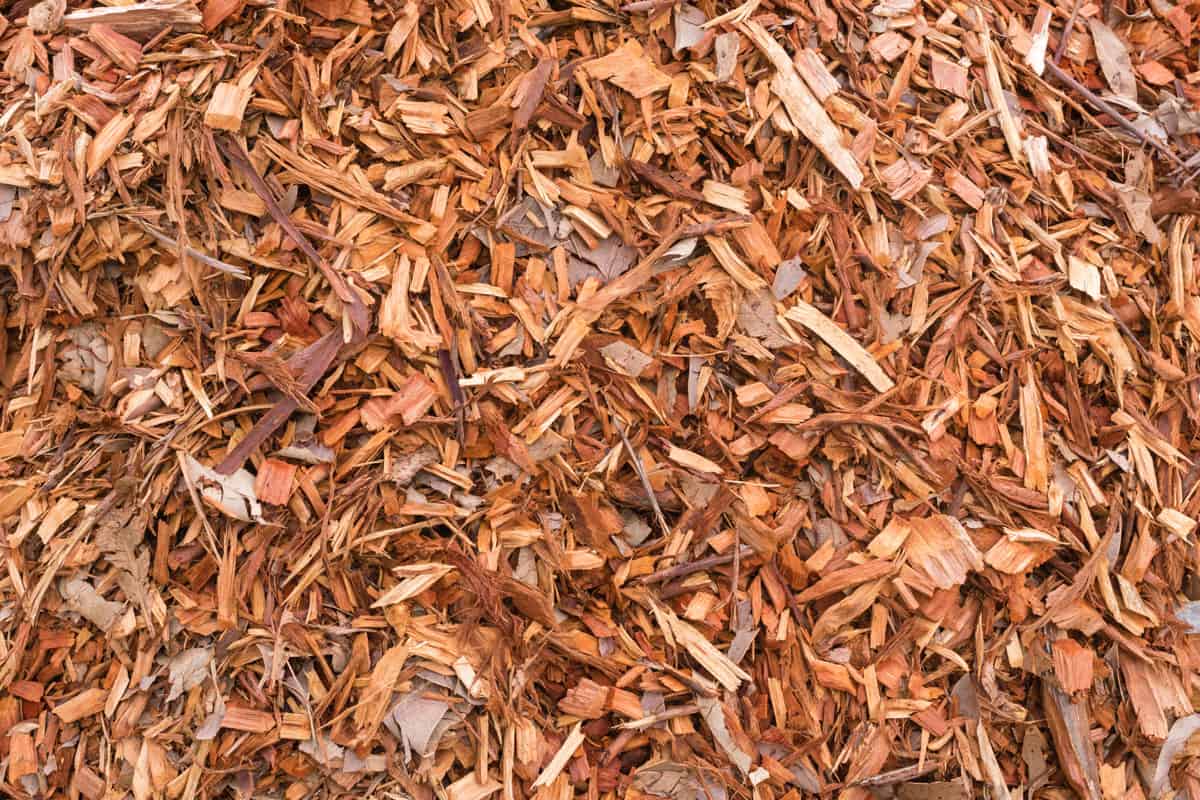
It is important to retain water in plants in windy areas. Mulching is the answer to keeping the moisture from evaporating. You can use organic mulches like leaves, or compost made from garden and kitchen waste. Wood bark and straw mulches are also good for roses as they allow excess water to drain.
Click here to see this organic mulch on Amazon.
The Roses Should Get Sunlight
At least 6 hours a day of sunlight will help your roses thrive and become stronger. Those that see less sun tend to be weaker.
Fertilizers Are Good For Roses
A good fertilizer helps increase the strength of the rose, making it more resistant to the wind.
Click here to see this rose food on Amazon.
Prune The Roses
If you prune your roses, you're adding longevity and health to them. Pruning promotes growth and strength which will make your roses more tolerant of the wind. Aside from these, pruning will also make the roses bloom more.
Mounding

This process will protect the plants from strong winds, especially during winter. To do this, get soil and create a mound around the base of the plant. The mound should be around 10 - 12 inches high. It is important to note that you should prune first before mounding.
Plant Barriers
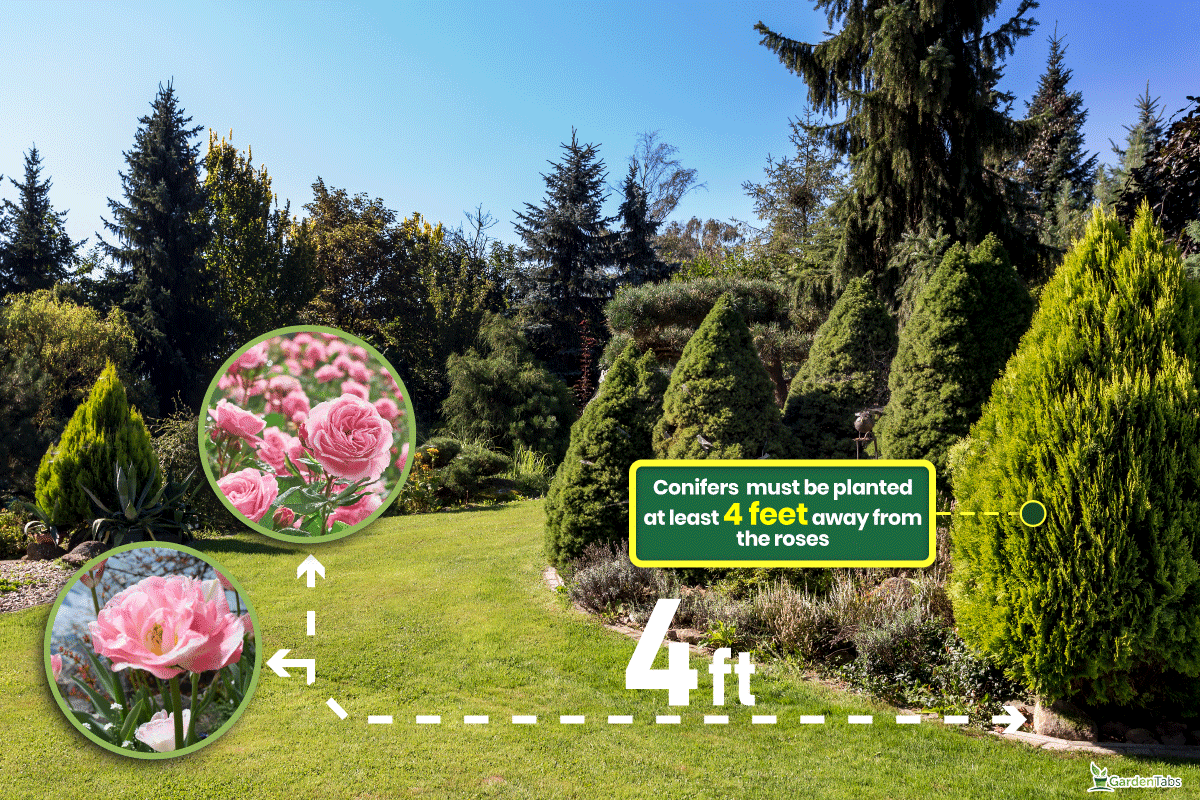
Create windbreakers to fend off the wind. You may make artificial barriers or natural ones like planting conifers. These plants are wind-resistant and can protect the roses from too much wind.
Conifers grow dense branches that help shield roses. You have to remember though that they can also shield sunlight, which the roses need, so plant them at least 4 feet away from the roses.
In Conclusion
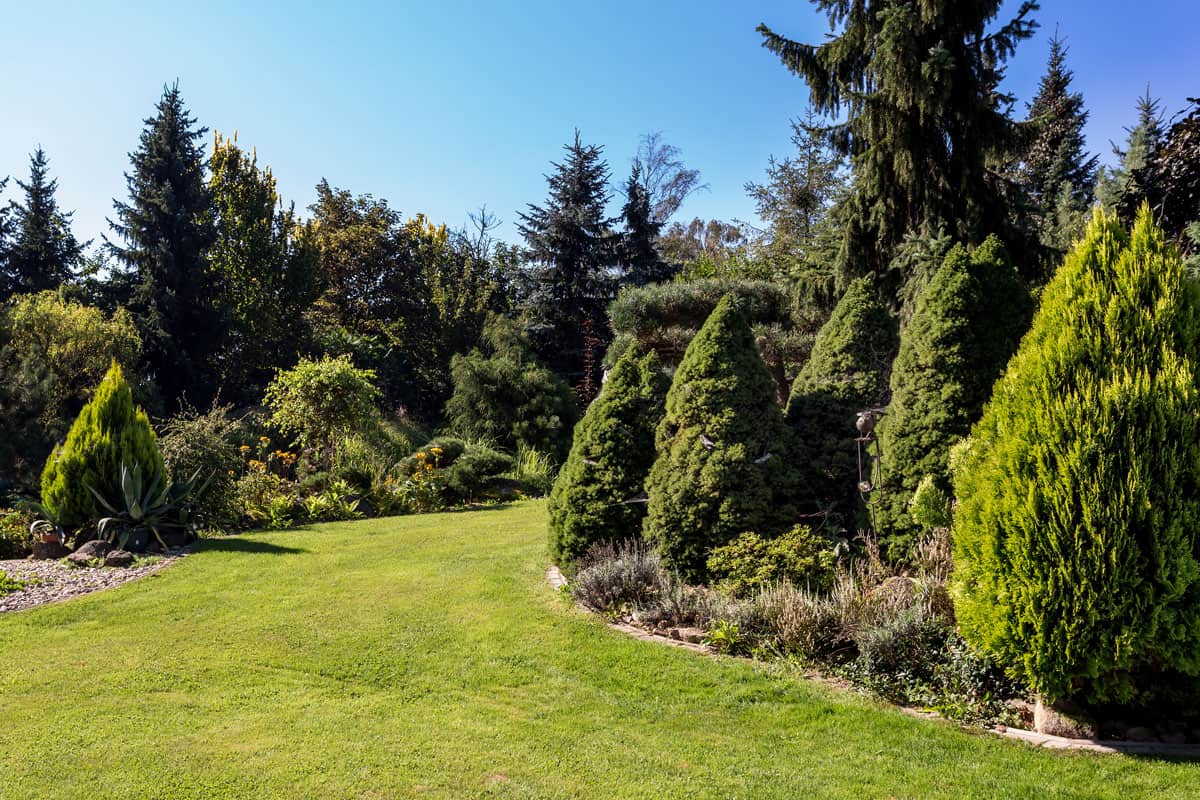
Rose lovers living in windy areas should not be discouraged from planting their favorite plants. Standard roses may not be compatible with the wind, but Rugosa-Type and Flower Carpet roses will save the day.
Now that you know which roses are best in windy areas, you'll be motivated to grow these in your garden. Pick from the list presented to make your gardens fragrant and colorful.
If you found this post helpful, check out other related articles from the site:


